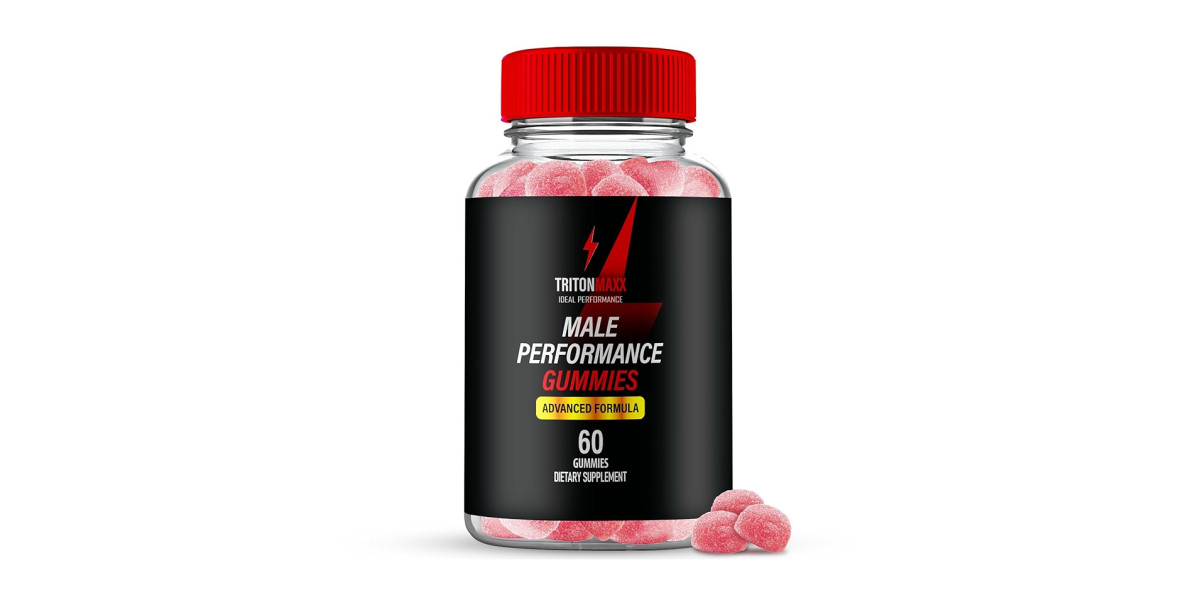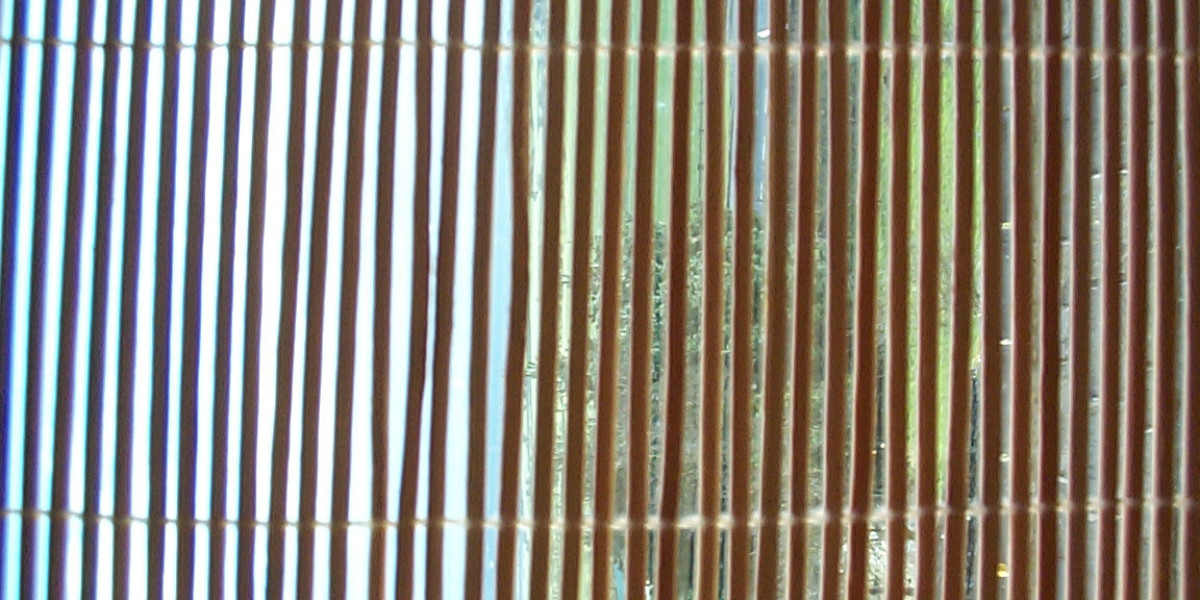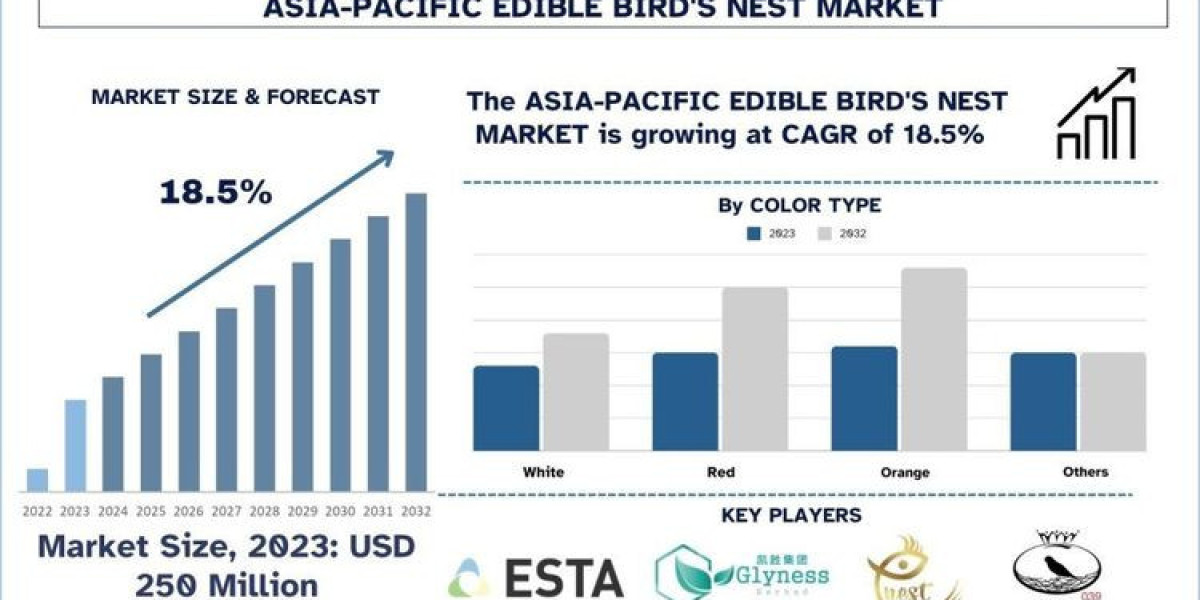Anti-Inflammatory Benefits
One of the most well-documented benefits of KPV is its ability to reduce neutrophil infiltration into inflamed tissues. Neutrophils are essential first responders during infection, but their prolonged presence can cause collateral tissue damage. In animal models of lung inflammation, administration of KPV led to a marked decrease in neutrophil counts within bronchoalveolar lavage fluid and a corresponding reduction in the expression of pro-inflammatory cytokines such as tumor necrosis factor alpha (TNF-α) and interleukin-6 (IL-6). Similar results have been observed in murine models of arthritis, where KPV treatment lowered joint swelling and protected cartilage from degradation.
KPV also demonstrates efficacy in dampening oxidative stress. By scavenging reactive oxygen species (ROS) or upregulating antioxidant enzymes like superoxide dismutase, the peptide helps preserve cellular integrity during inflammatory assaults. In vitro studies with cultured macrophages revealed that KPV decreases ROS production following lipopolysaccharide stimulation, suggesting a direct influence on innate immune cell metabolism.
Mechanism of Action
The anti-inflammatory actions of KPV are mediated through several intertwined mechanisms:
- Inhibition of the NF-κB Pathway – Nuclear factor kappa-B is a central transcription factor that drives the expression of many inflammatory genes. KPV has been shown to prevent the phosphorylation and subsequent degradation of IκB, an inhibitor of NF-κB, thereby keeping the pathway in check.
- Modulation of Chemokine Receptors – KPV interferes with chemokine receptor CXCR4 signaling on leukocytes. By blocking this interaction, the peptide reduces the migration of inflammatory cells to sites of tissue injury.
- Stabilization of Cell Membranes – The proline residue in KPV confers a conformational rigidity that allows it to insert into lipid bilayers and stabilize membrane structures. This property may reduce the release of intracellular mediators that propagate inflammation.
- Interaction with Peptidyl-Prolyl Isomerases – These enzymes catalyze the cis-trans isomerization of proline residues in proteins, a step critical for proper folding. KPV can bind to these isomerases and influence protein maturation processes that are linked to inflammatory signaling.
For researchers interested in exploring KPV further, several key steps can streamline the investigation:
- Peptide Synthesis – Solid-phase peptide synthesis (SPPS) remains the gold standard for producing high-purity KPV. Incorporating a small purification step such as reverse-phase HPLC ensures removal of truncated sequences.
- In Vitro Screening – Primary assays involve treating cultured macrophages or neutrophils with KPV and measuring cytokine secretion via ELISA, NF-κB activation through reporter assays, and ROS levels using fluorescent probes. Dose-response curves typically reveal an effective concentration range between 1 µM and 10 µM.
- Animal Models – The carrageenan-induced paw edema model in rats or the collagen-induced arthritis model in mice are common for evaluating systemic anti-inflammatory effects. Histopathological scoring of tissues provides quantitative evidence of KPV’s protective role.
- Pharmacokinetics and Stability – Peptides often face rapid degradation by proteases. Studying the half-life of KPV in plasma, its bioavailability after oral or intravenous administration, and potential modifications (e.g., cyclization or D-amino acid substitution) can improve therapeutic viability.
- Safety Profiling – Cytotoxicity assays on epithelial cells, hemolysis tests with red blood cells, and acute toxicity studies in rodents help establish a safety margin for future clinical translation.
When searching the literature for KPV, use databases such as PubMed, Scopus, and Web of Science. Keywords to combine include "KPV peptide", "lysine-proline-valine", "anti-inflammatory", "NF-κB inhibition", and "gut inflammation". Filtering by review articles or recent clinical trials can provide a high-level overview, while primary research papers will offer detailed experimental data.
Gut Health & Inflammation
The gastrointestinal tract is constantly exposed to microbial stimuli that can trigger inflammatory responses. KPV has shown promise in ameliorating gut inflammation through multiple pathways:
- Barrier Function Enhancement – In vitro studies using Caco-2 cell monolayers demonstrate that KPV increases transepithelial electrical resistance (TEER), indicating tighter tight junctions. This effect reduces intestinal permeability, a key factor in inflammatory bowel disease.
- Microbiota Modulation – Preliminary microbiome analyses reveal that KPV administration shifts the relative abundance of beneficial bacterial genera such as Lactobacillus and Bifidobacterium upwards while suppressing pro-inflammatory species like Escherichia coli. These microbial changes correlate with decreased fecal calprotectin levels, https://viewcinema.ru a marker of intestinal inflammation.
- Immune Cell Regulation – In murine models of colitis induced by dextran sulfate sodium (DSS), KPV treatment lowered the infiltration of Th17 cells into colon tissue and reduced the expression of IL-17A. This shift from a pro-inflammatory to an anti-inflammatory cytokine milieu supports mucosal healing.
- Anti-Oxidative Effects in the Gut – The peptide’s capacity to upregulate antioxidant enzymes helps protect enterocytes from oxidative damage, which is often exacerbated during inflammatory episodes.














